THE mystery of a missing Wiltshire castle has been solved.
For three centuries, mystery has surrounded the whereabouts of Stourton Castle.
Once the home of the Stourton family, it was sold and then demolished for the new owner Henry Hoare between 1718 and 1721, at the huge cost of £114 – and its final location lost.
Documents and archaeological surveys over many years failed to locate it.
But now, at long last, the mystery has been solved – thanks to a team of National Trust staff and volunteers.
The remains of the castle have been located on the Stourhead Estate.
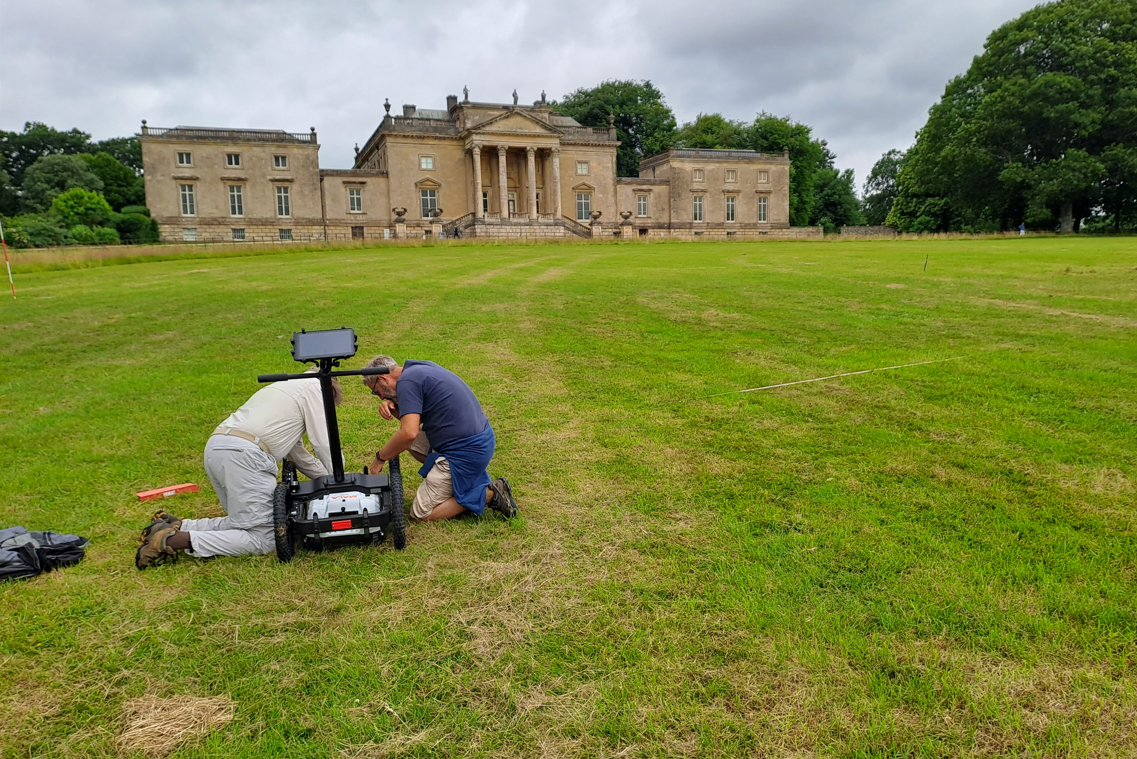
Getting the ground penetrating radar equipment ready. Picture: National Trust/Martin Papworth
Stourhead is known for its magnificent 18th-century landscape gardens and Palladian house, yet, before it was built, it was known by another name.
Before 1718, it was known as the manor of Stourton, dominated by a large medieval fortified manor house built for William Stourton and his son John in the 15th century.
Stourton Castle was a large double courtyard building, demolished between 1718 and 1722.
The Stourton family sold their estate, and the Hoare family purchased the land and built their new, fashionable residence.
A single surviving drawing, dated 1694, shows it had two courtyards and in its heyday it would have looked like another Wiltshire National Trust property, Lacock Abbey.
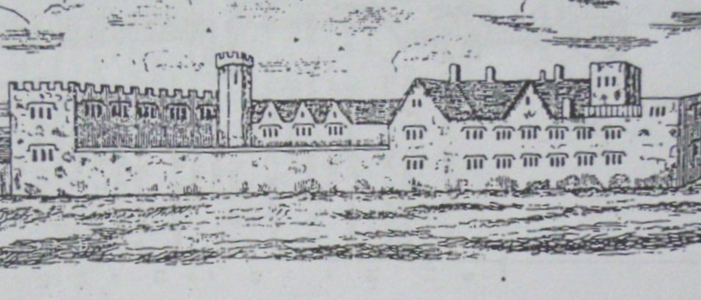
A drawing of Stourton Castle, dated 1674. Picture: National Trust/Martin Papworth
In a bid to finally solve the puzzle, excavations were carried out at Stourhead between July 17 and 28 as part of the Festival of British Archaeology.
And they have finally located the foundations of Stourton Castle – over a metre deep under clay and rubble.
READ MORE: Amazing new pictures reveal war-time Wiltshire, Dorset and Somerset
Finds have included window glass, wine bottles, fragments of cooking pots and serving jugs and dishes as well as floor tiles and roof tiles decorated with green and yellow glazes.
In one trench was a fireplace, complete with ash from its last burning, and a stone spiral stair tread.

Excavated surfaces of the fireplace and south east corner of a room. Picture: National Trust/Martin Papworth
Although upside down, the wear marks from the many feet that once climbed the tower it was once part of were clear.
Martin Papworth, National Trust archaeologist, said: “The finding of Stourton Castle is very exciting for all who know and love the Stourhead Estate.
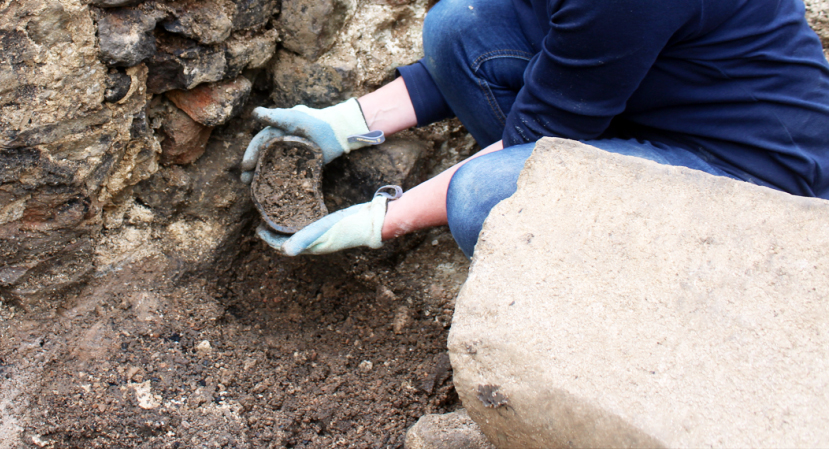
Part of the stone newel step, upside down, but the worn surface is clear. Picture: National Trust/Martin Papworth
“Its location has long been a mystery waiting to be solved.
“Our recent dig has shown that the castle lay deep under the soil, directly in front of Stourhead House.
“In fact, some of it still stands, the current Stable Yard, once the Castle’s outer courtyard, now proves to be a remnant of medieval home of the Stourton family.”
The excavation trenches have now been backfilled to preserve the archaeology and for health and safety reasons.

A digger being used to create the trenches. Picture: National Trust/Martin Papworth
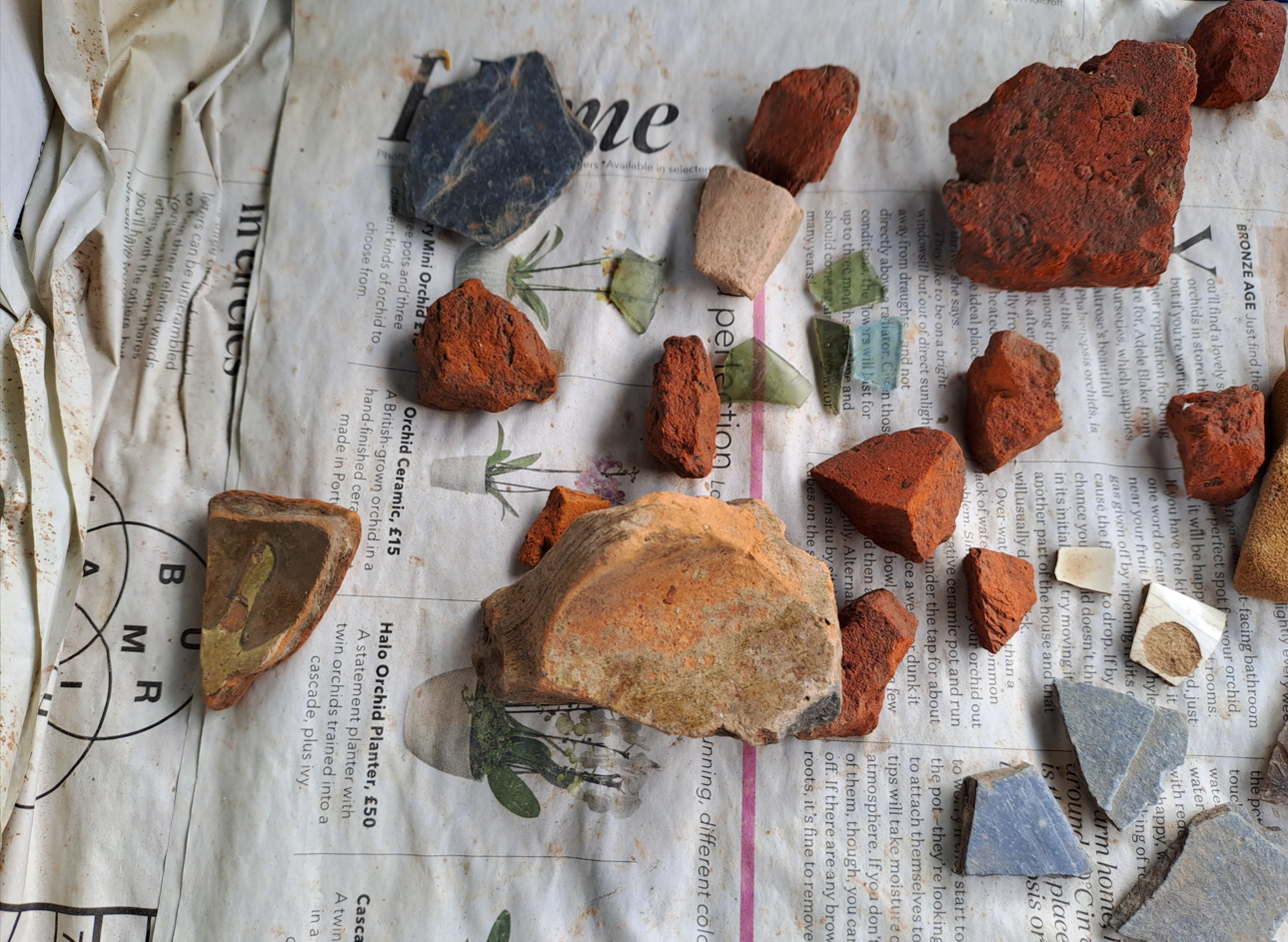
Pottery from the 17th 18th century and a glazed ridge tile, c16th-17th, century. Picture: National Trust/Martin Papworth
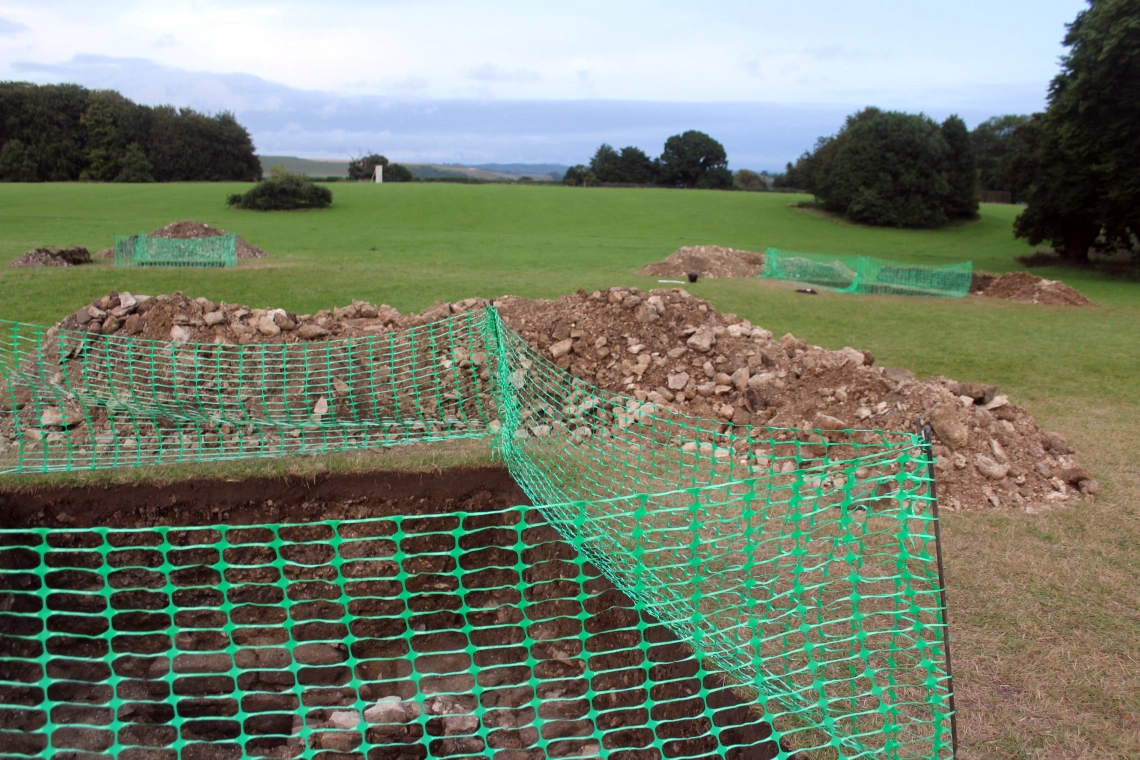
The archaeological trenches at Stourhead. Picture: National Trust/Martin Papworth
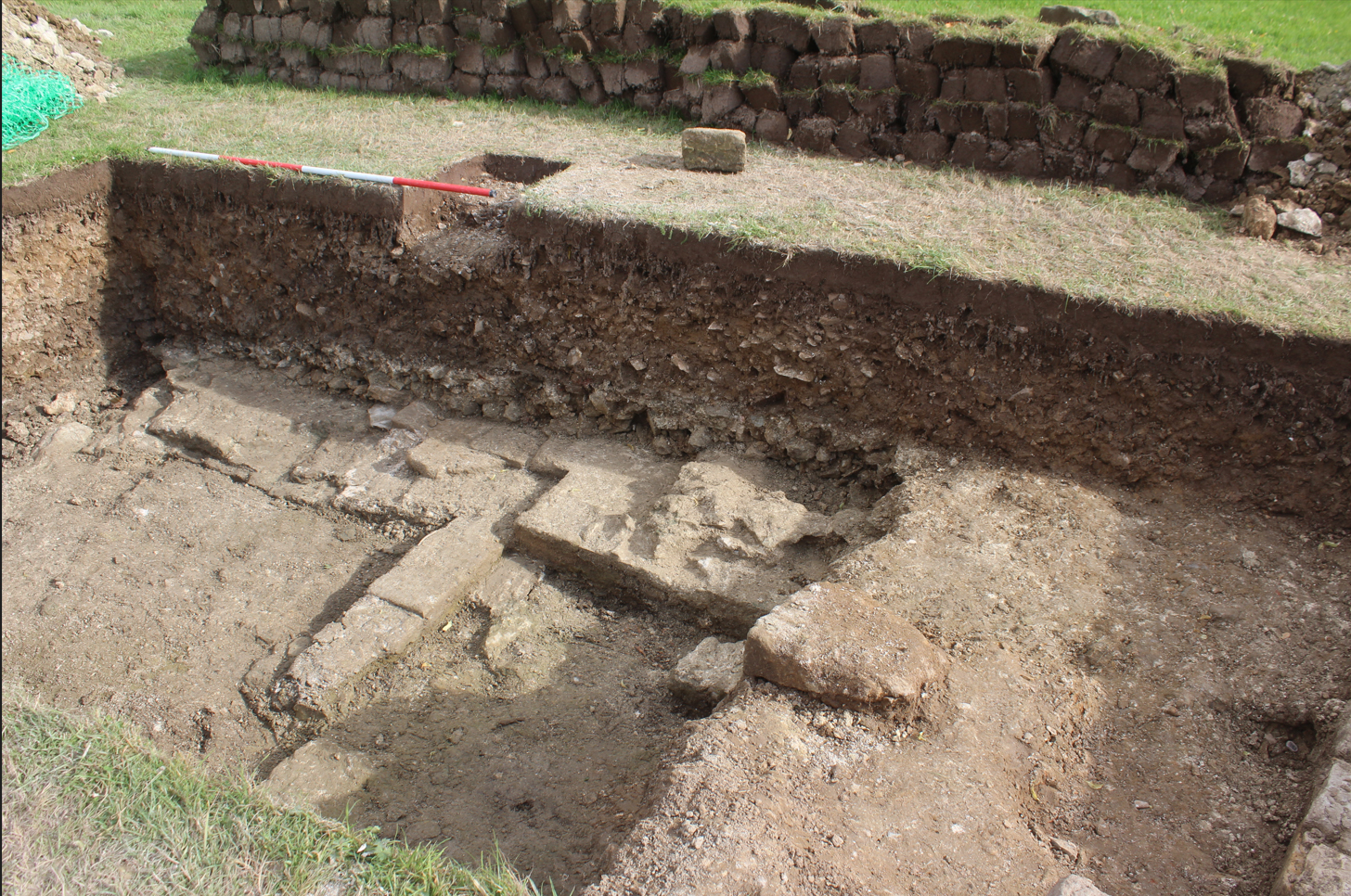
The walls at the east end of one trench. Picture: National Trust/Martin Papworth
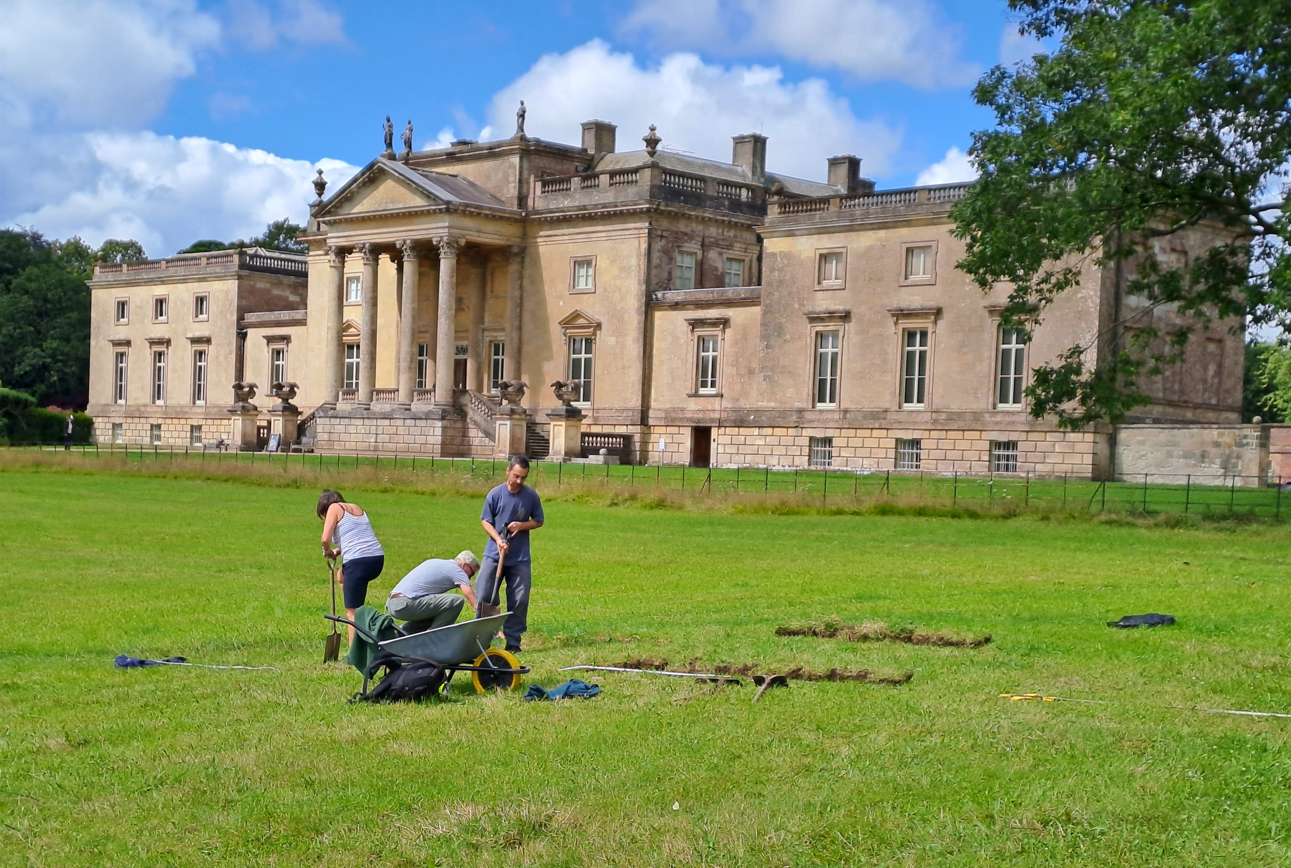
The start of trench marking. Picture: National Trust/Martin Papworth


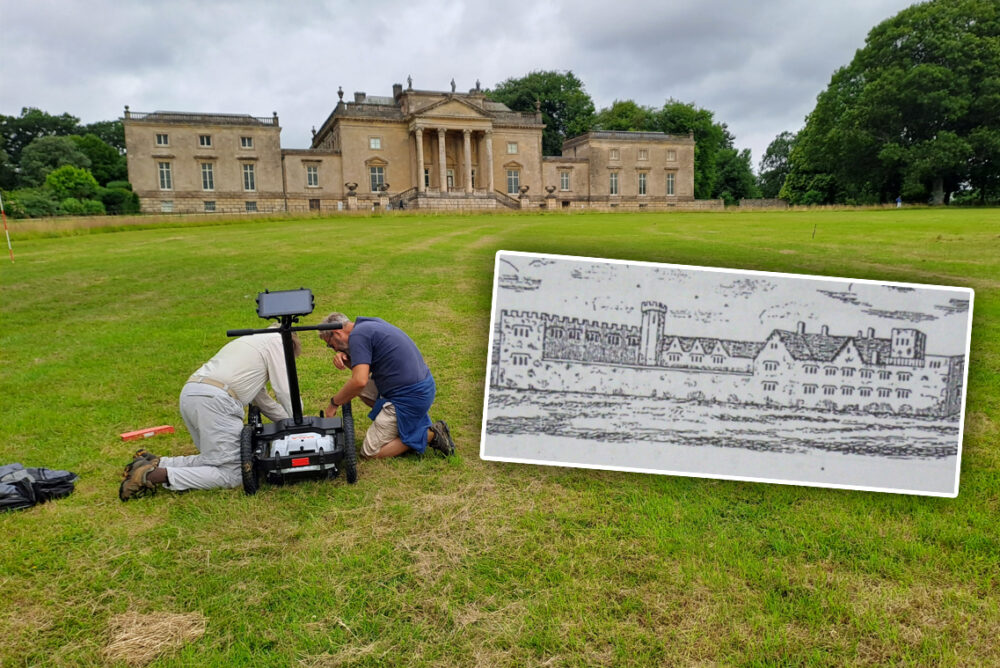
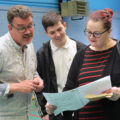

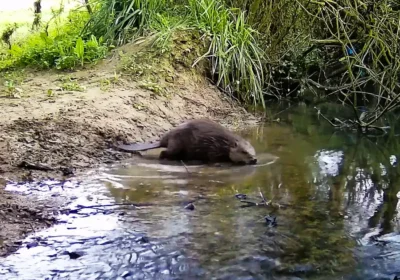


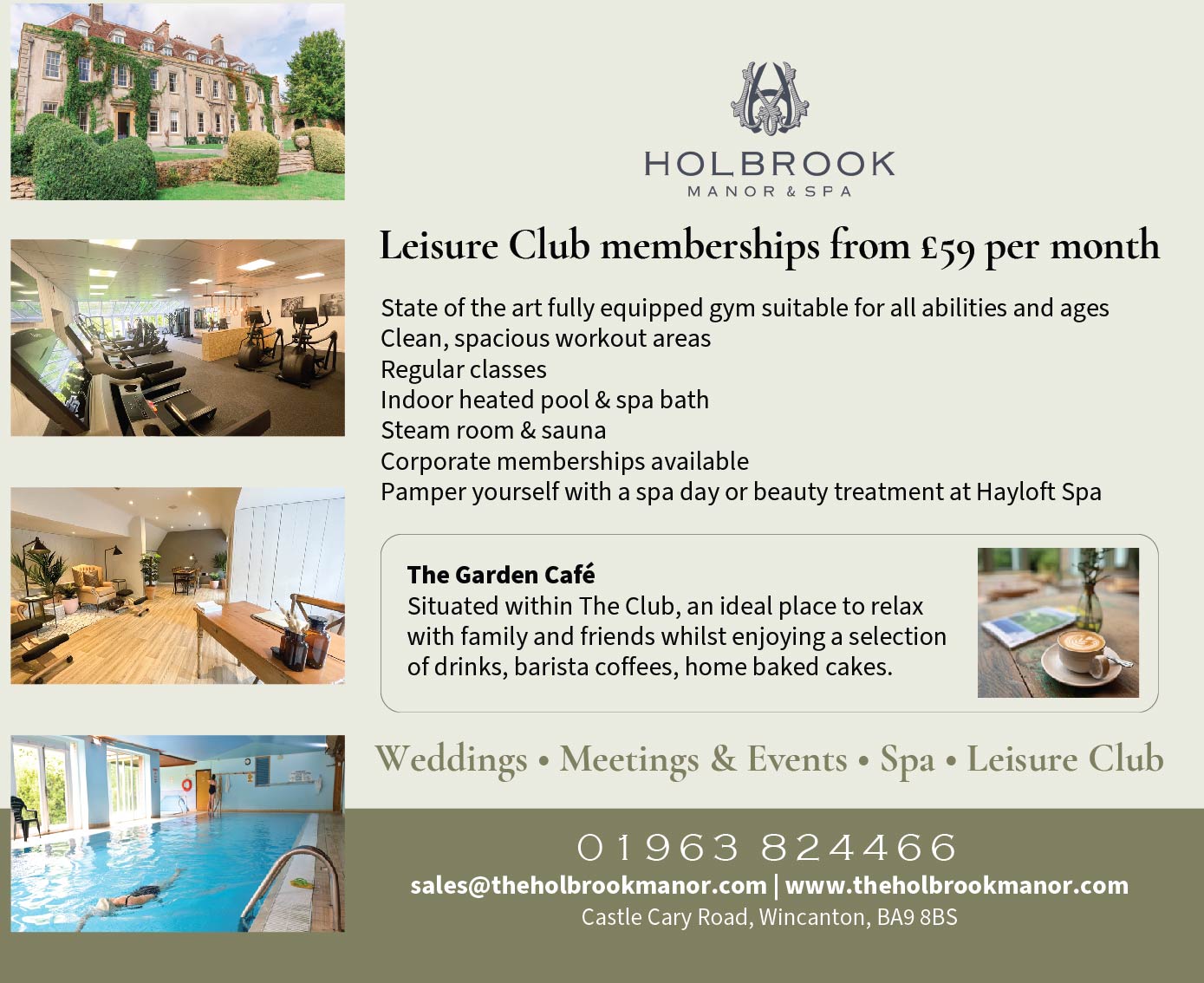
Leave a Reply